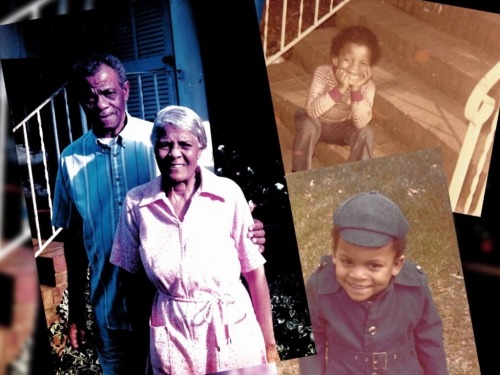odinsblog:How America Used Highways To Destroy Black Neighborhoods(by Alan Pyke)It’s time for Americ
odinsblog:How America Used Highways To Destroy Black Neighborhoods(by Alan Pyke)It’s time for America to reckon with the role that highway projects too often play in ripping apart underprivileged communities around the country, Transportation Secretary Anthony Foxx said Wednesday at the Center for American Progress.In the first 20 years of the federal interstate system alone, Foxx said, highway construction displaced 475,000 families and over a million Americans. Most of them were low-income people of color in urban cores. It was Foxx’s second speech in as many days about how federal infrastructure projects contribute to inequality and poverty, and how the agency wants to make up for it now.What the Secretary is doing “appears unprecedented,” the Washington Post notes. Foxx, only the third African-American to ever hold the top federal transportation policy job, is explicitly acknowledging and condemning a history of destroying black communities and stealing wealth from their residents through intentional decisions.Goodbye, BrooklynFoxx grew up in Charlotte, North Carolina, in a neighborhood that had been hewn apart by expressway projects before he was born. “I grew up living with those barriers, even though I had no idea how they came to be or what they really meant,” he said. Eventually, he became mayor of his hometown, and developed a much clearer understanding of what white leaders in the city had done to his community.Foxx cited the case of a now-vanished Charlotte neighborhood called Brooklyn, where black families of both blue collar and professional means thrived in the early and middle 20th century. It was the favored overnight stop for jazz greats like Duke Ellington when they played the city, and home to both Charlotte’s first black high school and the first free black library in the whole South.“By 1912, the local paper captured the prevailing views that Brooklyn was far too valuable to be left to African-Americans,” Foxx said. “They wrote in fact that ‘Far-sighted men believe that eventually this section, because of its proximity to the center of the city, must sooner or later be utilized by the white population.’”Redlining and “urban renewal” followed, making the community untenable for residents and newcomers alike. In a single decade, white city leaders ripped out almost 1,500 buildings in Brooklyn, displacing over a thousand black families and 200 mostly black-owned businesses.And when Charlotte eviscerated Brooklyn, road projects served as the scalpels.“First came Independence Boulevard, which cut a gash through the community,” the Secretary said. “Later, an inner beltway, I-277, which remains to this day,” stabbed fork-like into the neighborhood’s heart.As the interstate system routed into and around Charlotte’s downtown over the coming decades, the city’s old identity of interlocked rich and poor neighborhoods devolved. Today, poverty clings to the freeways like a shadow.Brooklyn’s invisible today, but it’s far from alone.The Airport Plan That Built A GhettoThe tool wasn’t always roads, and the decisions themselves weren’t all made way back in the mists of pre-Civil Rights Era social order.In the early 1980s, for example, the city of St. Louis started buying out middle-class black residents of Kinloch, Missouri so that nearby Lambert International Airport could expand its runway network.For the airlines and other businesses at Lambert, the project promised hundreds of millions of dollars in new profits by speeding up the flow of traffic through the airport. With planes spending less time idling on the tarmac, studied predicted that nearby residents would also benefit in the form of better air quality.But for the state’s longest-standing black city, its bakeries and and drugstores and public schools, the project spelled doom. After a series of buyouts that locals say felt more like arm-twisting than a genuine personal choice to stay or sell, Kinloch’s population plunged from over 4,000 to below 300.“I think the interesting thing about that is where they went,” Foxx said. “Many of them, most of them, ended up moving to a town called Ferguson.”(continue reading) -- source link
#anti blackness#institutionalized racism


